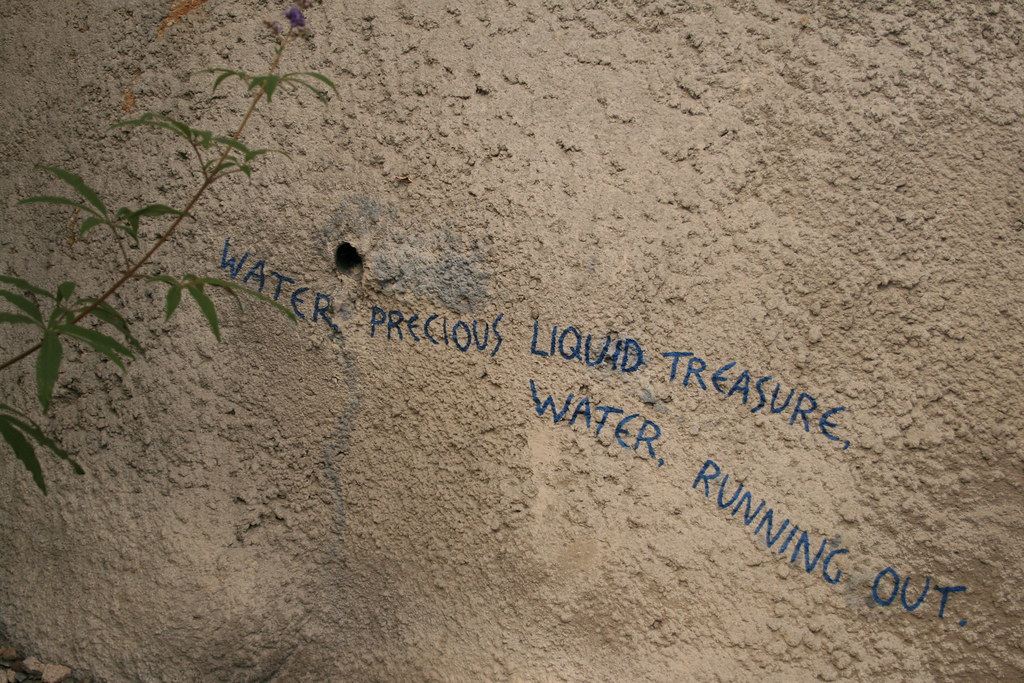 |
| you can buy it here |
It continues to change the way I think, and how I want to grow as an educator. The whole idea of slowing doing, and really creating those deep connections is so important. This book calls for a change in approach to how we view aspects of environmental education. Specifically I enjoy the opportunity to engage more in poetry (which is something very new for me).
The argument is, in order to create connections we have to foster a feeling (which I have read so many other places and firmly believe). Before we actually get to know something, we need to feel something about it, and this is where poetry and metaphor come into play. Instead of learning about a plant scientifically first, we have to create that awe, and that connection. Here is where we use poetry.
For the past week and a half I've been talking the grade 1 teachers and students out to the garden. First we look at something and draw it, then we listen to the world around us, and then (we don't label) we write some poetry. Try to fully describe our thing beautifully. We don't have to know the correct names, we don't label the parts or explain what it is or does (this will all come later in the unit) we just write about it, how it looks, feels, smells, sounds and how it makes us feel.
It's been a really interesting exercise so far. Everyone enjoys being outside (even if it is a little hot from time to time). The focus on the change in language has made learning more accessible for the younger students. They aren't as worried about being right, they just need to talk about how they feel, so it's easy for them to start. Once we've made some connections then we start the deeper understanding (which will be easier because we actually care).
It's a great start so far.
No comments:
Post a Comment